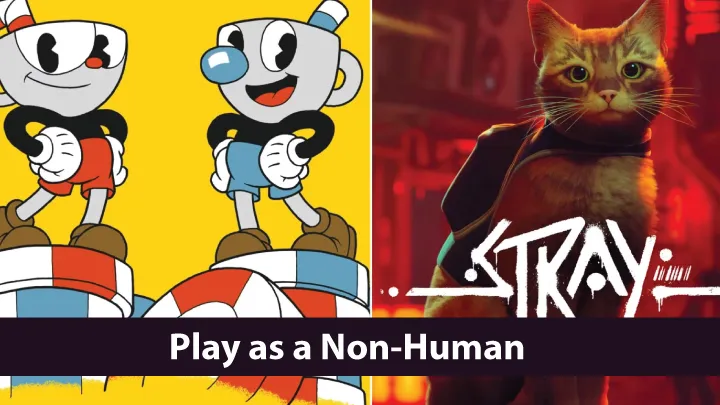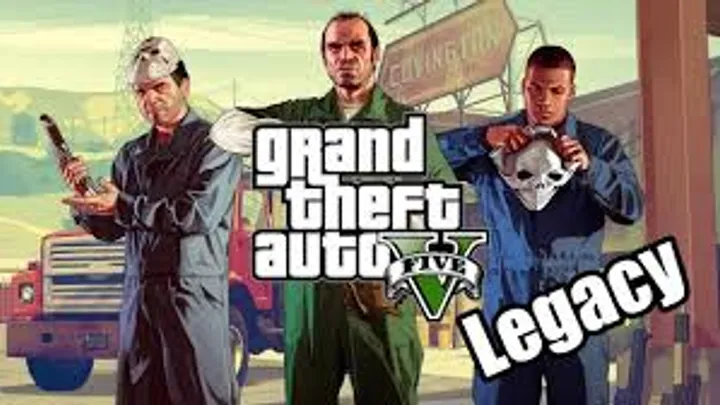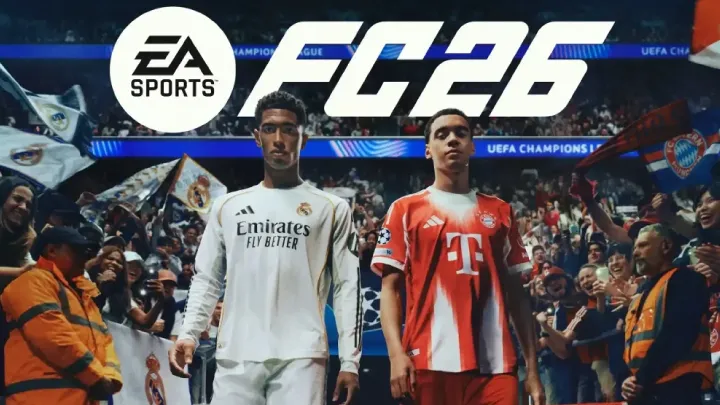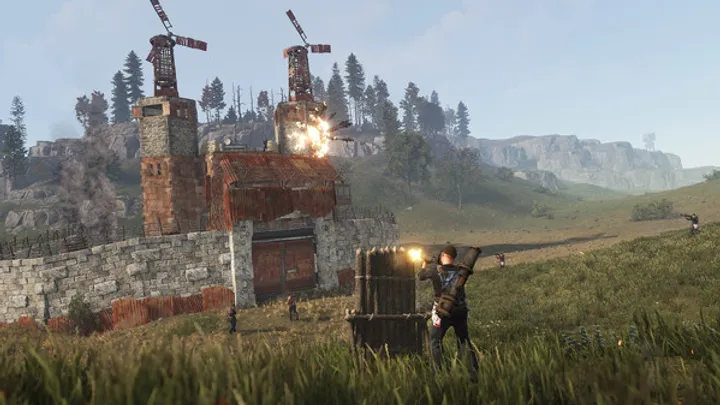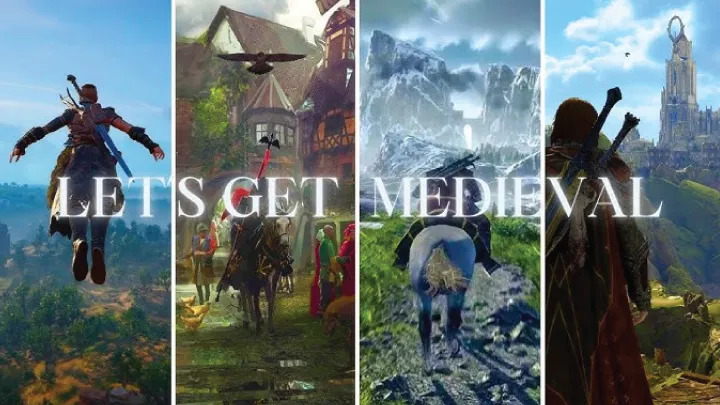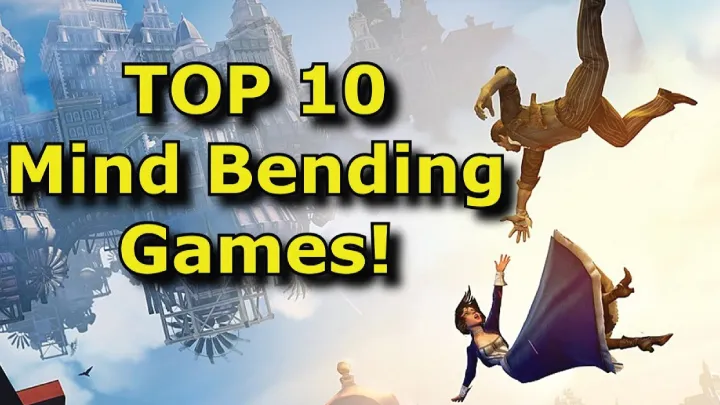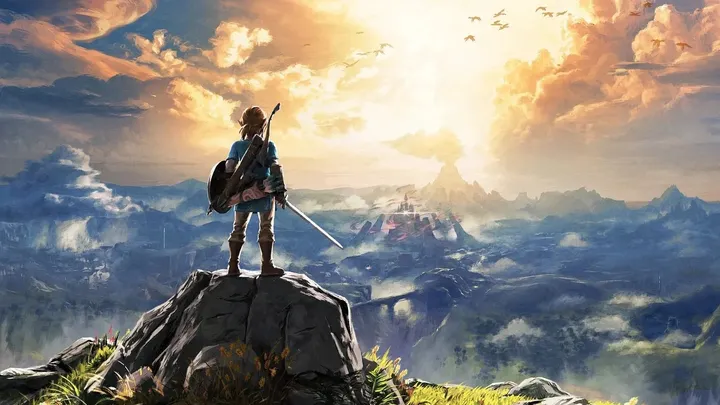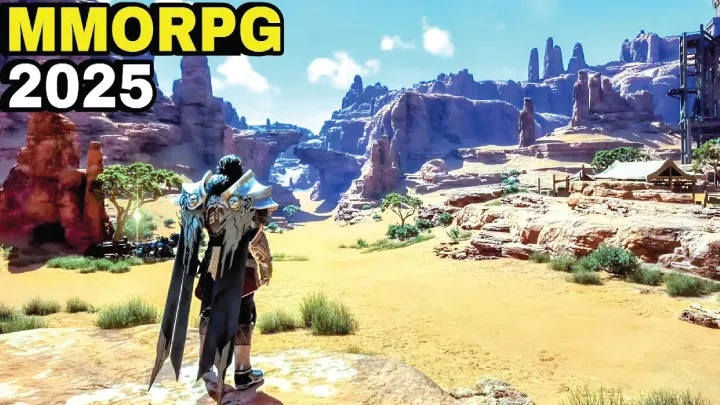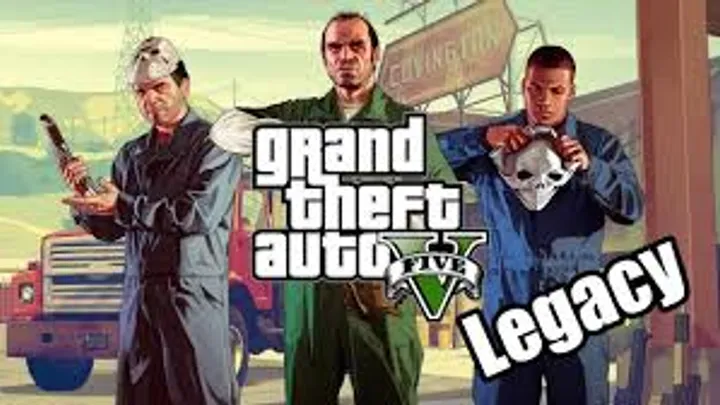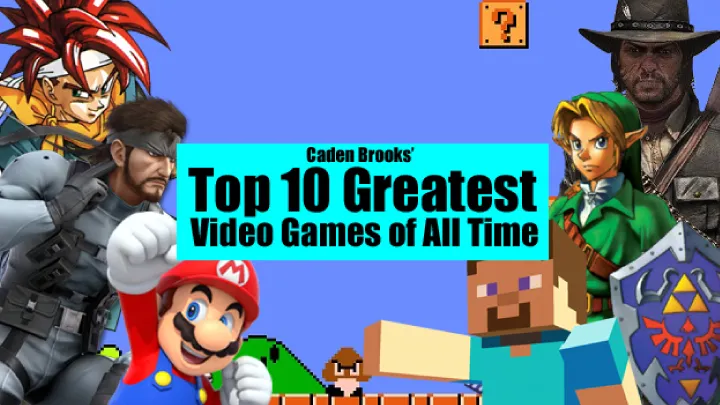When Riot Games first launched League of Legends back in 2009, few could have predicted that more than a decade later it would remain one of the most influential video games in the world. The title has evolved from a simple multiplayer online battle arena into a global entertainment ecosystem that spans esports, music, television, merchandise, and cultural impact. Now, in 2025, Riot has once again set the stage for a transformative year for League of Legends. With sweeping updates, revamped competitive structures, and ambitious crossover events, the game is undergoing one of the most dynamic phases in its long history.
This feature takes a deep look at the latest news around League of Legends in 2025, examining the updates to gameplay, champion roster, esports developments, and community-driven changes that are shaping the future of Riot’s flagship title.
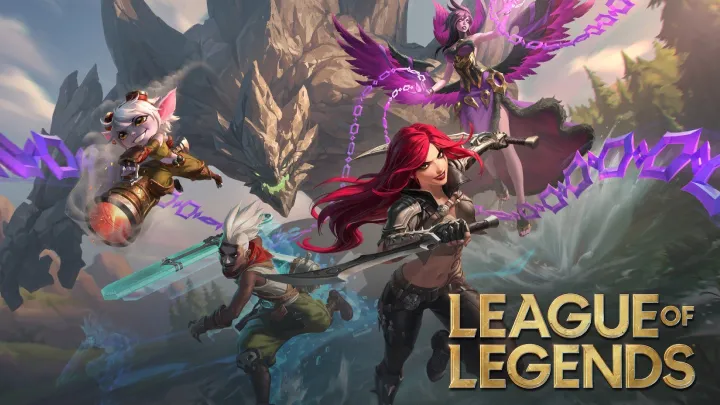
The 2025 Gameplay Overhaul
At the center of League of Legends in 2025 is a major gameplay overhaul designed to modernize mechanics and refresh balance for the current era. Riot has introduced a new seasonal framework that expands beyond the typical yearly patches, opting instead for quarterly "Era Updates" that bring significant changes to the game’s structure.
One of the biggest adjustments has been to the item system. Players long criticized the complexity of Mythic Items introduced in 2021, which at times restricted creative builds. In 2025, Riot has streamlined the system, moving away from mandatory Mythics and returning to a more open-ended progression. Champions now have greater flexibility, with items categorized into three tiers that allow situational strategies rather than forced optimization.
Map updates have also been a focal point. Summoner’s Rift has undergone a subtle but impactful visual refresh that introduces seasonal terrain changes, designed to evolve with each quarter. Spring features lush greenery and overgrowth, summer emphasizes brighter color tones, autumn introduces falling leaves, and winter coats parts of the Rift in snow. These shifts are not purely aesthetic—they alter jungle paths, brush density, and even minion vision in small but competitive ways.
Champion Roster Expansions
Few things excite League of Legends fans more than new champions, and 2025 has already delivered on this front. Riot announced a commitment to release at least four champions annually, balanced across roles to keep the meta dynamic.
The first new champion of 2025, unveiled in January, is Kaelen, the Riftforged Tactician, a mid-lane control mage designed around long-term zone dominance. Kaelen introduces a new mechanic called “Territorial Sigils” that let players modify terrain and disrupt enemy positioning.
Another highly anticipated release slated for summer is Sha’rel, the Crystal Huntress, a jungler blending stealth and ambush mechanics. Riot has emphasized Sha’rel as a champion that caters to both solo queue thrill seekers and professional-level creative play.
Beyond new champions, reworks are a major theme of 2025. Beloved but mechanically outdated characters like Shyvana and Skarner have received full overhauls, modernizing their kits while preserving their thematic identity. Skarner in particular has been transformed into a more mobile jungler with crystal-based mechanics that tie into the broader lore of Runeterra.
Esports in 2025: The Global Stage Evolves
The competitive side of League of Legends remains one of its most powerful engines of growth. In 2025, Riot has taken bold steps to ensure that the League of Legends Esports ecosystem remains fresh and sustainable.
One of the biggest headlines was the restructuring of the League of Legends World Championship. For the first time, Worlds will now be hosted across three cities each year rather than one. The 2025 edition will see group stages in São Paulo, quarterfinals in Berlin, and the grand finals in Seoul. This decision reflects Riot’s ambition to emphasize League of Legends as a global esport, bringing live events directly to fans across continents.
The competitive format itself has shifted as well. Riot introduced a two-stage season: a Regional Circuit, which builds localized rivalries, and a Global Circuit, which runs mid-year to test cross-regional strength. Teams now accumulate points not only through traditional standings but also through "performance bonuses" awarded for innovative drafts and high entertainment value.
Women’s esports is another highlight in 2025. Riot has expanded the Game Changers program, first pioneered in Valorant, into League of Legends. Female and non-binary players are being spotlighted in dedicated tournaments, with pathways into professional play. This initiative has been widely praised as an important step in diversifying competitive gaming.
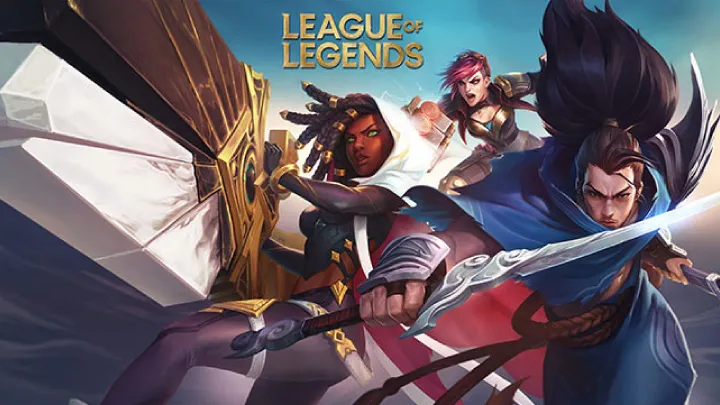
Technology and Next-Gen Integration
2025 also marks a technological leap for League of Legends. Riot has fully integrated cloud-based rendering options, allowing players with lower-spec hardware to run the game at higher fidelity through server-side processing. This makes the game more accessible in regions where gaming PCs remain prohibitively expensive.
Cross-platform synergy continues to grow as well. With League of Legends: Wild Rift cementing its place as a mobile-first adaptation, Riot has enabled a shared ecosystem of progression. While full cross-play remains unlikely, cosmetic rewards, event passes, and lore expansions are now unified across both titles.
Another innovation is Riot’s use of AI-driven matchmaking analysis. By using advanced predictive algorithms, the system now attempts to minimize extreme snowball matches, aiming for more competitive games on average. Early reports suggest a noticeable reduction in lopsided outcomes, though some players remain skeptical of algorithmic fairness.
The Expanding Lore of Runeterra
For years, fans have urged Riot to expand the narrative world of League of Legends. In 2025, the company appears committed to delivering on that promise.
The ongoing "Runeterra Chronicles" storyline has woven across champions, game modes, and even cinematic short films. This year’s arc, titled The Fractured Realms, dives into a multiverse concept that explores alternate versions of iconic champions. For example, one arc introduced a pacifist version of Darius, while another showcased an alternate Ahri wielding crystalline magic instead of her familiar foxfire.
Riot is also preparing the next phase of its collaboration with Netflix following the massive success of Arcane. Production of Arcane: Season Two has wrapped, with release expected later in 2025. While Riot has kept plot details secret, insiders suggest heavy ties to the ongoing in-game lore, further blurring the line between esports, storytelling, and mainstream entertainment.
Community-Centered Changes
Riot has long been both praised and criticized for its relationship with its community. In 2025, the developer has doubled down on building more transparent systems of communication.
The Player Council program, introduced in late 2024, has expanded into regional chapters, where select players collaborate with Riot designers to give early feedback on patches. This has already led to adjustments such as rebalancing ranked LP distribution and tweaking the durability patch that initially polarized the player base.
Toxicity remains an ongoing challenge, but Riot is investing heavily in moderation AI that not only detects abusive chat but also identifies griefing behaviors like intentional feeding or AFK patterns. Punishments are now more immediate, with some offenders restricted mid-match from further participation. Early statistics claim a 22 percent drop in reported negative behavior since the start of 2025.
Monetization and Cosmetic Strategy
A news feature on League of Legends would not be complete without addressing monetization. Skins remain the cornerstone of Riot’s revenue, and 2025 has seen the debut of some of the most ambitious cosmetic lines to date.
The Mythos Collection, released in February, features champions reimagined as deities of ancient mythologies, with cinematic-quality skin trailers. Fan reaction has been overwhelmingly positive, though the price points for premium bundles have sparked debate.
Riot is also experimenting with player-generated cosmetic contests, inviting community artists to pitch skin concepts that can later be realized in-game. This initiative echoes the success of player-created cosmetics in other titles, and it is already fostering deeper engagement between Riot and its artistic community.
Esports Broadcasting Innovations
Broadcasting has been another area of dramatic change. In 2025, League of Legends matches are now simulcast in multiple formats, including traditional streams, VR-enhanced perspectives, and AI-powered highlight reels. Fans can choose between classic commentary or experiment with alternate modes, such as player-perspective streams where the camera follows one champion’s POV with insights from pro analysts.
Additionally, Riot has begun testing interactive live polls, allowing fans to predict outcomes of objectives and influence side content during broadcasts. This integration of esports and interactivity reflects a broader trend in digital entertainment, making viewing more participatory than ever before.
The Global Cultural Footprint
League of Legends has always been more than a game. In 2025, its influence on pop culture remains undeniable. Music collaborations continue to thrive, with Riot’s virtual bands like K/DA and Pentakill releasing new albums that blend into global charts.
Fashion and merchandise partnerships are also on the rise. Riot has collaborated with major apparel brands to release limited-edition collections inspired by champion aesthetics, appealing to fans who see League of Legends as not just entertainment but identity.
In education and technology sectors, the game is being studied as a model for teamwork, leadership, and digital communication. University programs across the world are using League of Legends case studies in disciplines ranging from psychology to business management.
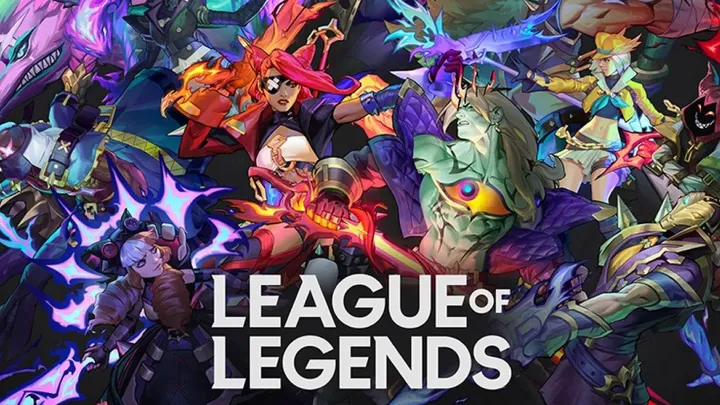
Looking Ahead: The Future of League of Legends
As we move deeper into 2025, Riot faces the challenge of sustaining momentum while balancing the desires of its massive player base. The updates introduced this year signal a willingness to adapt, innovate, and invest in both competitive integrity and community health.
With esports evolving into a more global and inclusive format, champion design pushing creative boundaries, and lore expanding into mainstream entertainment, League of Legends stands stronger than ever. Its transformation in 2025 is less about reinvention and more about evolution—staying true to its roots while embracing the possibilities of a rapidly changing digital landscape.
For millions of players around the world, the Rift remains a second home, a competitive arena, and a cultural touchstone. And as Riot continues to redefine what League of Legends means in 2025, it seems clear that the game’s legacy is only just beginning its next chapter.








